The 1st set of questions to ask when building a strong personal brand are those that allows you to understand yourself better.
I’m talking about…
“Your Personal Brand Canvas” Questions (15 Qs)
YOUR CORE SELF | YOUR SPECIAL VALUE | WHO NEEDS YOU |
|---|---|---|
– What are you really good at? – What do you strongly believe about your work? – What work do you actually enjoy? | – What do you do that helps others? – How do you solve problems differently? – Why would someone pick you? | – Who benefits most from your skills? – What problems do these people face regularly? – Where do these people hang out? |
WHERE TO BE VISIBLE | PROOF YOU’RE GOOD | TRACKING SUCCESS |
– Which platforms do your target audience use? – What type of content suits your strengths? | – What past wins show your skills? – What stories show how you helped others succeed? | – How will you know your brand is working? – What simple numbers can you track? |
–
Spend 10-15 minutes on each box in this canvas. Write down honest answers to these questions. Don’t rush this process – these answers form the foundation of your personal brand.
For beginners who want more guidance, the Personal Branding for Dummies guide offers simple starting points. Your answers might change over time, and that’s perfectly normal as your career grows.
–
No Random Personal Branding Questions
Yup, this guide doesn’t just throw random personal branding questions at you.
Instead, I’ve carefully organized everything into simple visual tables that make it easy to find exactly what you need based on your current professional role, career situation, and specific goals.
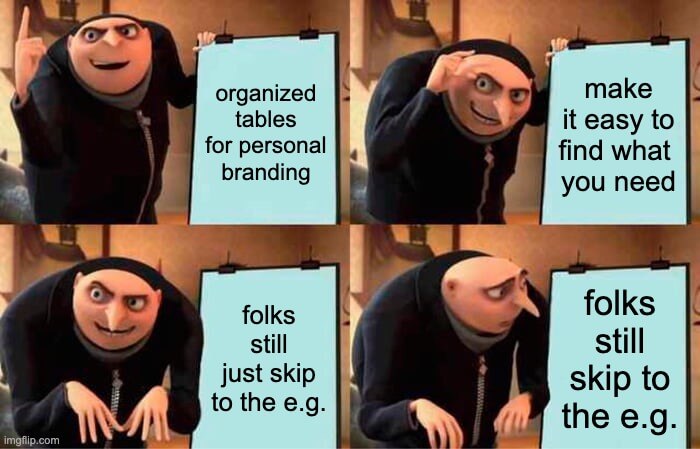
Let’s continue with the next one…
–
“How Others See You” Questions (5 Qs)
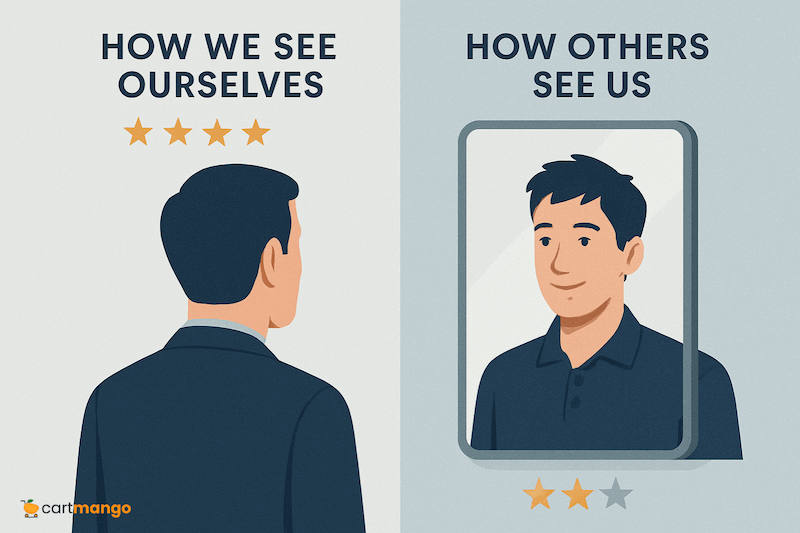
There’s often a gap between how we think others perceive us and how they actually do.
Rate how clearly you can answer each question (1=Not clear, 5=Very clear):
QUESTIONS ABOUT YOUR CURRENT IMAGE | 1 | 2 | 3 | 4 | 5 |
|---|---|---|---|---|---|
I know how others describe me when I’m not in the room | |||||
I can list what people think I’m best at professionally | |||||
I know where my desired image and my actual image don’t match up | |||||
I know what people already come to me for help with | |||||
I regularly ask for honest feedback about how I come across |
Low scores on this assessment mean you need to find out how others really see you.
A “Personal Branding Perception Gap” is the difference between how other people see you at work and how you see yourself.
Think of it this way: the image you have of yourself as a worker or professional might not match what your boss, coworkers, employees, customers, or others in your network actually think about you. This difference or mismatch is what we call the perception gap.
An easy way to get feedback is to ask 3-5 trusted colleagues: “What three words would you use to describe me professionally?” Their answers might surprise you and give you valuable insights into your current brand perception.
–
Keep It Real – “The Authenticity Check” Questions (5 Qs)
Copy Posse found that 86% of people think it’s important for brands to be real and honest when deciding which ones to like and support.
The study shows that just being yourself is the best way to build a personal brand that connects with others.
How true is each statement? (1=Not true at all, 5=Completely true):
AUTHENTICITY CHECK | 1 | 2 | 3 | 4 | 5 |
|---|---|---|---|---|---|
How I present myself online matches how I am in real life | |||||
What I promise I can do matches what I actually deliver | |||||
I come across consistently whether on LinkedIn, in emails, or in meetings | |||||
My personal values show up in my work and professional presence | |||||
I stay true to myself even when it might be easier to fit in |
If there’s a gap between the real you and your professional image, it’s exhausting to maintain and people can sense it.
Your personal brand needs to reflect who you really are, not who you think you should be. This doesn’t mean sharing everything about your personal life, but it does mean being honest about your strengths, weaknesses, and values.
–
Building Your Personal Brand Strategy
Now that you’ve checked your authenticity, let’s explore how to create a comprehensive personal branding strategy that drives real results.
Your personal brand is a strategic branding path that aligns your core values with your career goals. Personal brand building is more than an unnecessary task; it’s a deliberate process that makes you recognizable and valuable in your specific field.
The Foundation of Strong Personal Brands
Strong personal brands benefit from clarity in 3 essential elements:
- Your Core Message: Articulate your personal leadership philosophy in simple terms. This includes the guiding principles that drive your professional decisions and the values you refuse to compromise on.
- Your Unique Story: Your greatest professional achievement and proudest moment tell people exactly who you are. These stories create emotional connections far more effectively than a list of skills.
- Your Target Audience: Quickly realize that you can’t appeal to everyone. Identify who would find your expertise extremely beneficial—whether they’re other C-level executives, potential clients, or industry peers.
Making Your Brand Visible
Building your personal brand requires consistent visibility through:
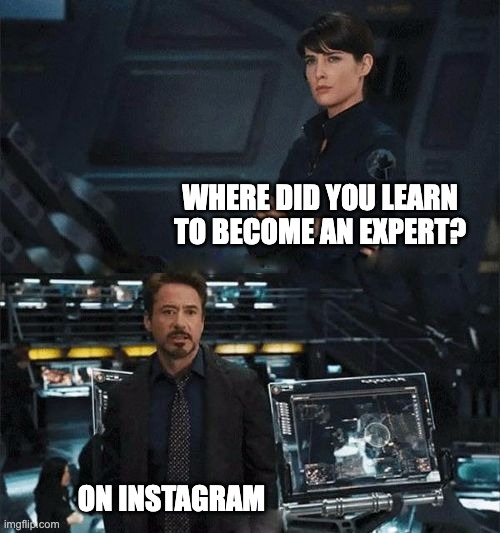
Strategic Social Media Presence: Optimize your LinkedIn profile first, as it’s often the most important for professional branding. Then expand to other social media platforms where your target audience spends time. Use relevant hashtags to increase your discoverability.
Thought Leadership: Start creating content that demonstrates your expertise. A thought leader doesn’t just share information—they provide a unique perspective that serves as a differentiating factor in crowded markets.
Industry Connections: Join industry-related organizations where you can connect with other members, including top talent in your field. Good networking practice isn’t about collecting contacts—it’s about building relationships with appreciative people who value what you offer.
Most successful personal branding efforts aren’t treated as an extra task but as just good business practice that opens new business opportunities throughout your career path.
–
“Choose Your Brand Direction” Questions (8 Qs)
Your personal branding questions should align with your current career goals. Different goals require different approaches to personal branding.
What’s your main goal right now?
CHANGING CAREERS | MOVING UP | GETTING NOTICED | BECOMING AN EXPERT |
|---|---|---|---|
– How do my current skills apply to my new field? | – What makes me ready for more responsibility? | – Where are my target people looking for info? | – What topic could I talk about for hours? |
– Which parts of my old job translate well? | – What results show I can handle bigger challenges? | – How can I stand out in my field? | – What fresh perspective do I bring to common problems? |
If you’re changing careers, focus less on industry jargon and more on transferable skills like problem-solving or team leadership.
For those aiming to move up in their current field, highlight concrete results that prove you’re ready for more responsibility.
Those seeking more visibility should identify where their target audience looks for information and how to stand out there. If becoming a recognized expert is your goal, focus on developing and sharing unique perspectives on industry topics.
Your current goal determines which branding questions matter most right now.
These goals will change throughout your career, and your personal branding approach should evolve accordingly.
–
“Your Online Brand” Questions (12 Qs)
Your digital presence is more important than ever. Ask yourself these questions:
PLATFORM | BASIC QUESTIONS | CONTENT QUESTIONS | SUCCESS QUESTIONS |
|---|---|---|---|
Who do I want to find my profile? | What work wins should I highlight? | Am I getting profile views from the right people? | |
Would my visual content interest my target audience? | What behind-the-scenes content shows my work style? | Are industry peers engaging with my posts? | |
Which professional conversations should I join? | What quick insights can I share? | Are my posts being shared by others in my field? | |
Personal Website | What should visitors learn about me in 30 seconds? | What examples prove I can do what I claim? | Are visitors taking the next step (contacting me, etc.)? |
Different platforms need different approaches – just like you’d dress differently for different occasions.
On LinkedIn, your profile isn’t just a resume – it’s a place to show your thinking and personality. Twitter (now X) works best for joining industry conversations, while Instagram might showcase your work process or culture.
Being consistent with your message across all platforms helps people trust and recognize you, while regularly sharing your knowledge online helps your personal brand grow faster. (Source)
–
“How You Stand Out From Others” Questions (2 Qs)
Standing out is essential in crowded professional fields. You need clear answers to questions about what makes you different.
STANDOUT QUESTION | WHY IT MATTERS | HOW TO ANSWER | EXAMPLE |
|---|---|---|---|
What do you do differently than everyone else in your field? | In crowded fields, small differences make you memorable. | Think about your unique combination of skills or special approach. | “While most marketers focus on short-term campaigns, I specialize in building systems that generate leads for years.” |
What common practice in your field do you think is wrong? | Having a different viewpoint makes people remember you. | Identify something most people do that you think should be done differently. | “While most designers start with visuals, I believe great design starts with deeply understanding user psychology.” |
Just like a purple cow stands out in a field of brown cows, having one clear difference makes you memorable.
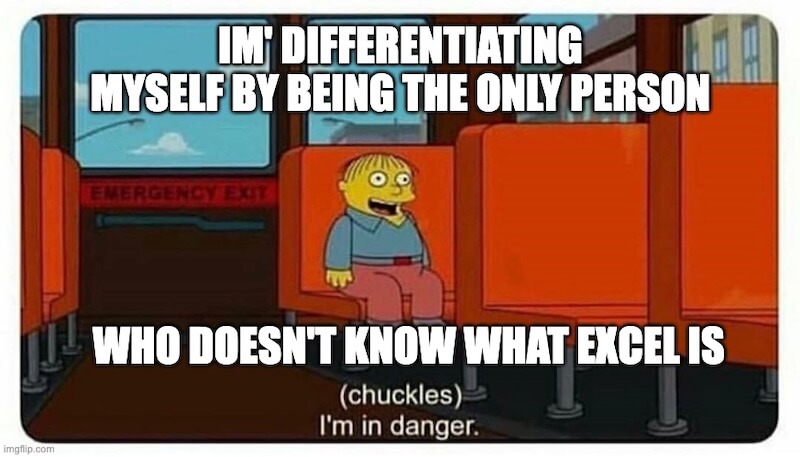
Consider Elon Musk as a real example – he’s famous because people see him as someone who comes up with new ideas, takes big chances, and never gives up on making his future dreams happen.
Your difference might be a unique combination of skills, an unusual background, or a contrarian viewpoint on industry practices. The key is identifying what makes you different and then consistently highlighting this difference in your content and conversations.
–
“Role” Questions (4 Qs)
Your professional role affects which personal branding questions matter most.
The challenges and opportunities vary depending on whether you’re an employee, freelancer, or business owner.
IF YOU ARE A… | FOCUS ON THESE QUESTIONS | EXAMPLES |
|---|---|---|
Company Employee | How do I stand out while still fitting in with company culture? | “I’m known as the go-to problem solver on my team while supporting our company’s collaborative approach” |
Freelancer | How do I show potential clients I can solve their specific problems? | “I share case studies showing exactly how I helped similar clients increase their sales by 25%” |
Business Owner | How do I make my personal brand support my business brand? | “My personal story about overcoming challenges directly connects to my business mission” |
Job Seeker | How do I position myself for exactly the role I want next? | “I emphasize my project management success stories because that’s central to the jobs I’m targeting” |
As a company employee, you’re like a musician in an orchestra – you need to stand out while still harmonizing with others. Freelancers need to constantly prove they can deliver results, while employees can build trust over time.
–
“Career Evolution” Questions (9 Qs)
STARTING OUT (0-5 YEARS) | MIDPOINT (5-15 YEARS) | EXPERIENCED (15+ YEARS) |
|---|---|---|
– How can I show I’m capable despite limited experience? | – What bigger problems can I solve now? | – What wisdom have I gathered that others need? |
– Who can help others notice my potential? | – How do my various experiences create a unique package? | – How can I help guide the next generation in my field? |
– What small projects can showcase my abilities? | – What specialized problems am I now equipped to tackle? | – What industry problems have I seen enough to help solve? |
The questions that build your brand change as your career grows, just like the questions you ask on a first date are different than after 20 years of marriage.
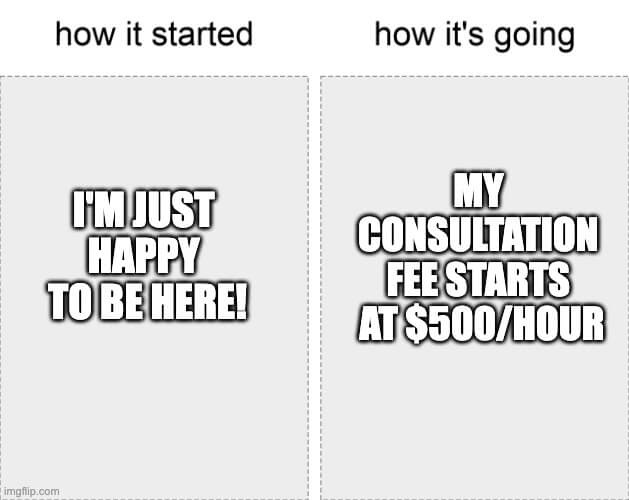
- Early in your career, focus on demonstrating competence and potential despite limited experience.
- Mid-career professionals should showcase how their diverse experiences create unique value.
- Those with extensive experience should highlight wisdom gained and ways they can guide the next generation.
According to LinkedIn’s 2023 Workplace Learning Report, professionals who actively evolve their skills and brand throughout their career earn 29% more than those who maintain a static professional identity. (Source)
–
“Show Your Value” Questions (4 Qs)
There are multiple ways to demonstrate your personal brand value. The best approach depends on your strengths and audience preferences.
HOW TO DEMONSTRATE VALUE | QUESTIONS TO ASK YOURSELF | SIMPLE EXAMPLES |
|---|---|---|
Show What You Know | What knowledge can I share that helps others? | Writing helpful LinkedIn posts about industry trends |
Show What You’ve Done | What results have I helped create? | Sharing specific metrics from successful projects |
Show How You Think | How do I approach problems differently? | Walking through your decision process in case studies |
Show Who You Help | What specific groups of people benefit from your work? | Featuring testimonials from satisfied clients |
Telling people you’re good isn’t enough – you need to show them in ways they can easily understand. And creating valuable content is one of the most effective ways to demonstrate your expertise.
–
Tips for Personal Brand Success
Before creating your action plan, let’s explore proven personal branding tips from professionals who’ve successfully built their own brands.
Stay Authentic Through Growth: As you build your personal brand, don’t lose inspiration when progress seems too long in coming. The most successful professionals stay authentic even as their influence grows. Your authenticity consistency is what builds trust and distinguishes you from competitors.
Focus on Providing Value: Creating content should center on helping others, not self-promotion. Share knowledge from your specific field that solves real problems. When people have a positive experience with your content, they naturally become advocates for your brand.
Create Systems for Staying Consistent: Many professionals abandon their branding strategy because they see it as an extra task. Instead, dedicate 15-30 minutes daily to your branding efforts. This might include engaging on LinkedIn, connecting with friends in your industry, or responding to comments on your content.
Track What Works: Pay attention to how appreciative people are for different types of content you share. Which posts generate the most engagement? Which topics position you as a potential answer to industry challenges? Use these insights to refine your approach.
Look for Strategic Partnerships: Some of the best business opportunities come through collaborations with other members of your community. Your personal brand represents not just your skills, but your potential as a partner in new ventures or initiatives.
Expand Gradually: Don’t try to be active on every platform at once. Master your LinkedIn profile first, then expand to other social media channels as your capacity grows. Quality always trumps quantity in personal branding.
Personal branding is about communicating your authentic self in a strategic way that connects with the right people. When you approach it with this mindset, it stops feeling like an unnecessary task and becomes an integral part of your professional growth.
–
“Your Action Plan” Questions (12 Qs)
All these questions don’t matter if you don’t take action.
Creating a simple implementation plan helps turn insights into results.
NEXT 30 DAYS | NEXT 90 DAYS | NEXT YEAR |
|---|---|---|
– Which profile needs updating first? | – What helpful content will I create to show my expertise? | – What bigger projects will showcase my abilities? |
KEY PEOPLE | HELP NEEDED | SUCCESS SIGNS |
– Who needs to see my value? | – What tools will help me build my brand? | – How will I know my brand is improving? |
Start with just one action in each box – trying to do everything at once leads to doing nothing well.
For example, update your LinkedIn headline and about section this week, or share one helpful tip in your field every week for the next month.
–
What Next?
Asking yourself the right questions helps build a personal brand that feels authentic and gets results.
You don’t have to figure out everything at once – just start with the questions that feel most important for your current situation.
Begin with just 3-5 questions today that will help clarify how you want to be known professionally.
Your answers will guide your content, interactions, and career decisions in a way that builds a strong, authentic personal brand.
Related
- Podia vs Gumroad: The Recurring Revenue Handcuffs (2026)
- SendOwl vs Gumroad: The Recurring Revenue Black Hole (2026)
- Gumroad vs Sellfy: The Vendor Lock-in Cage (2025)
- Gumroad vs Payhip: The Hidden Trap for Creators (2025)
- ThriveCart vs SamCart – The Subscription Hostage Trap (2025)
- 8 ThriveCart Alternatives & The Lifetime Pricing Paradox (2025)
- 8 SamCart alternatives + Subscription hostage (2025)
- The GENTLE Method: Soft marketing for creators
- How Far in Advance Should You Promote a Webinar?
- The SAVINGS Method: The Productivity Improvement Plan for Creators
